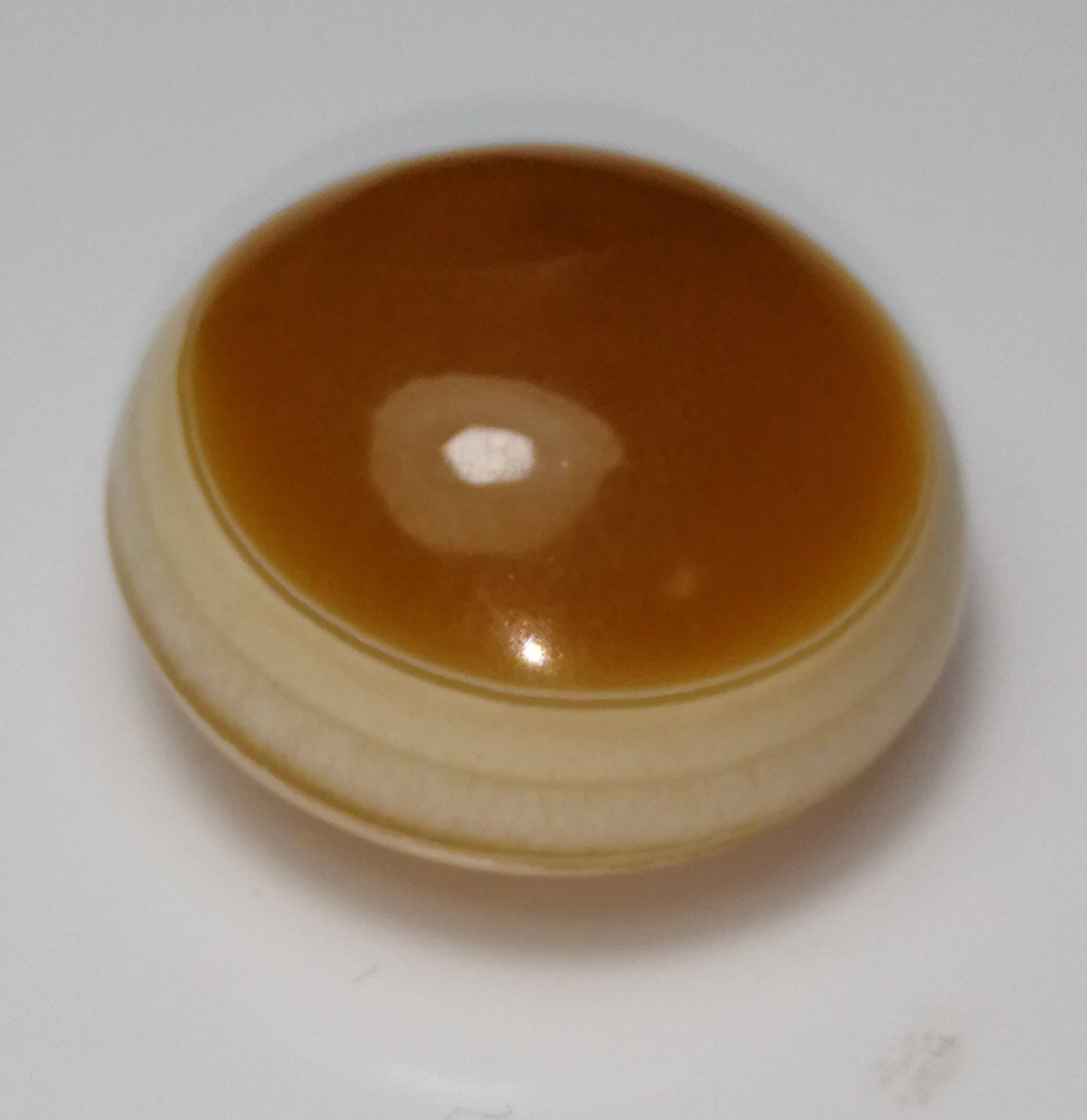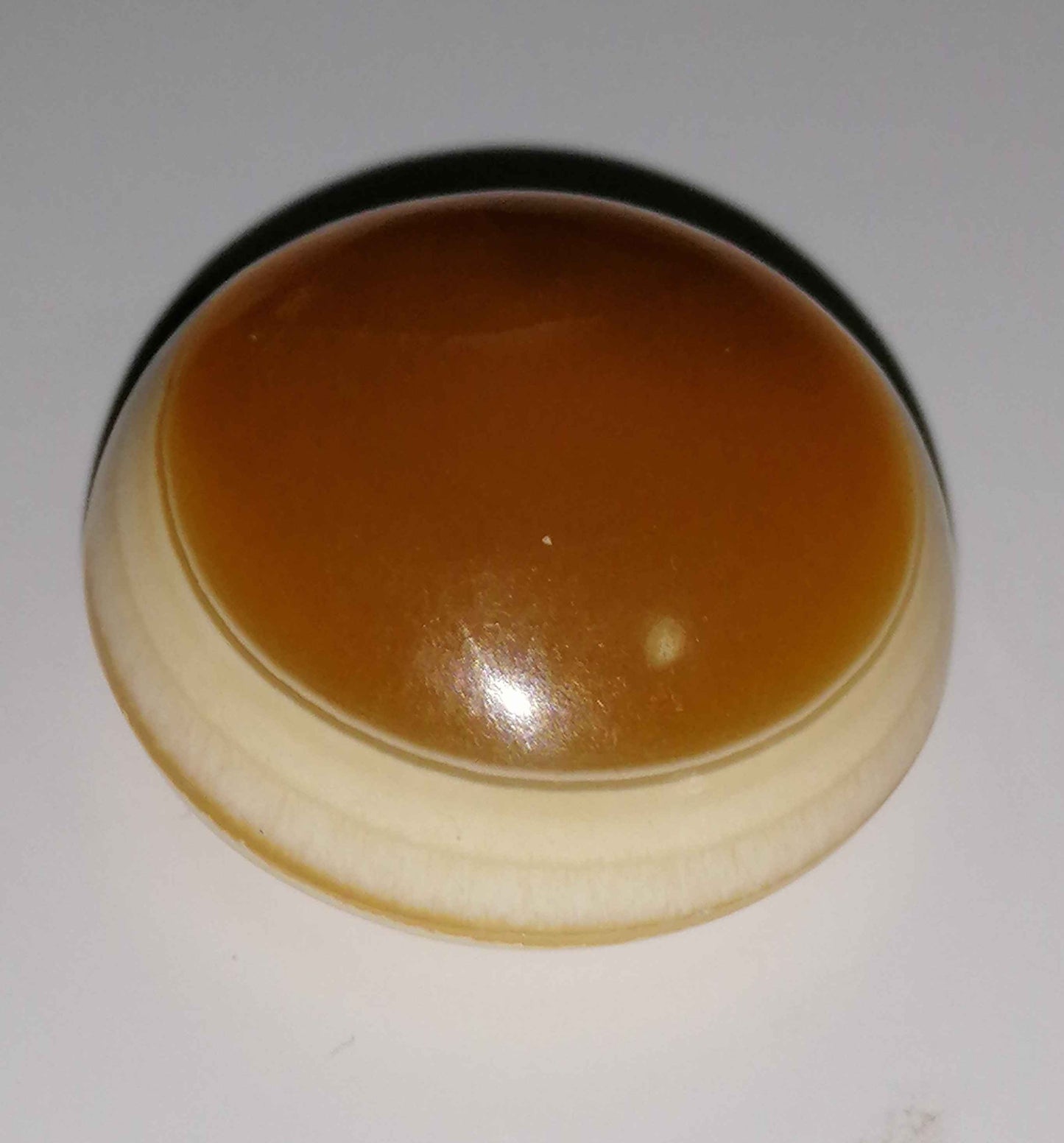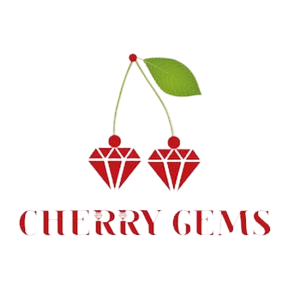1
/
of
3
cherrygemssg
NATURAL AMBER AGATE
NATURAL AMBER AGATE
Regular price
$15.00 SGD
Regular price
Sale price
$15.00 SGD
Unit price
/
per
Shipping calculated at checkout.
Couldn't load pickup availability
"Amber Agate" appears to be a combination of two distinct gemstones: amber and agate. Each of these gemstones has unique properties and characteristics. Let's explore each of them:
1. Amber:
Amber is not a mineral but rather a fossilized tree resin. It is renowned for its warm, golden appearance and its ability to capture and preserve ancient life forms, such as insects and plant materials, that became trapped in the resin millions of years ago. Amber is often used in jewelry and decorative items due to its unique beauty and historical significance. It's not a true mineral, as it lacks the crystal structure of minerals. Amber is prized for its color, translucency, and the unique inclusions it may contain.
2. Agate:
Agate is a variety of chalcedony, which is a type of microcrystalline quartz. It is known for its distinct banded patterns and comes in a wide range of colors. Agate is a popular gemstone for jewelry, carvings, and decorative items due to its beautiful appearance and relative abundance. Each band of color in agate represents a different layer of mineral deposition, resulting in its characteristic concentric or banded appearance.
"Amber Agate":
"Amber Agate" could refer to a type of agate that has colors or patterns reminiscent of amber. It might exhibit warm, golden, or reddish-brown hues that resemble the color of natural amber. However, as of my last update in September 2021, there isn't a widely recognized gemstone known specifically as "amber agate." It's possible that new gemstone varieties or trade names have emerged since then.
When dealing with gemstones or minerals, it's important to rely on reputable sources and gemological information to accurately identify and understand their properties and origins. If "amber agate" has gained popularity as a term for a specific gemstone, I recommend consulting gemological references or experts in the field for the most up-to-date information.
1. Amber:
Amber is not a mineral but rather a fossilized tree resin. It is renowned for its warm, golden appearance and its ability to capture and preserve ancient life forms, such as insects and plant materials, that became trapped in the resin millions of years ago. Amber is often used in jewelry and decorative items due to its unique beauty and historical significance. It's not a true mineral, as it lacks the crystal structure of minerals. Amber is prized for its color, translucency, and the unique inclusions it may contain.
2. Agate:
Agate is a variety of chalcedony, which is a type of microcrystalline quartz. It is known for its distinct banded patterns and comes in a wide range of colors. Agate is a popular gemstone for jewelry, carvings, and decorative items due to its beautiful appearance and relative abundance. Each band of color in agate represents a different layer of mineral deposition, resulting in its characteristic concentric or banded appearance.
"Amber Agate":
"Amber Agate" could refer to a type of agate that has colors or patterns reminiscent of amber. It might exhibit warm, golden, or reddish-brown hues that resemble the color of natural amber. However, as of my last update in September 2021, there isn't a widely recognized gemstone known specifically as "amber agate." It's possible that new gemstone varieties or trade names have emerged since then.
When dealing with gemstones or minerals, it's important to rely on reputable sources and gemological information to accurately identify and understand their properties and origins. If "amber agate" has gained popularity as a term for a specific gemstone, I recommend consulting gemological references or experts in the field for the most up-to-date information.
Share






